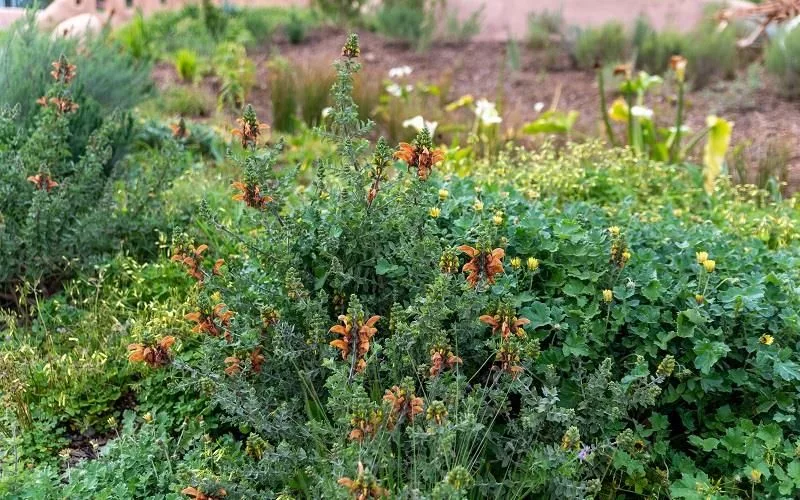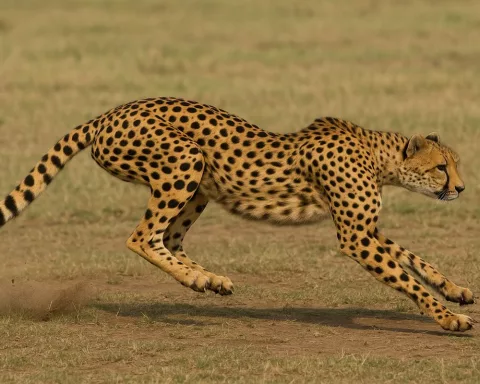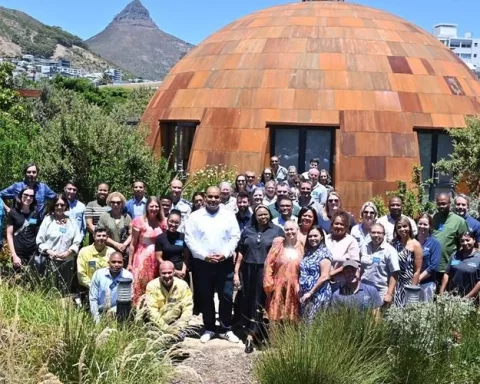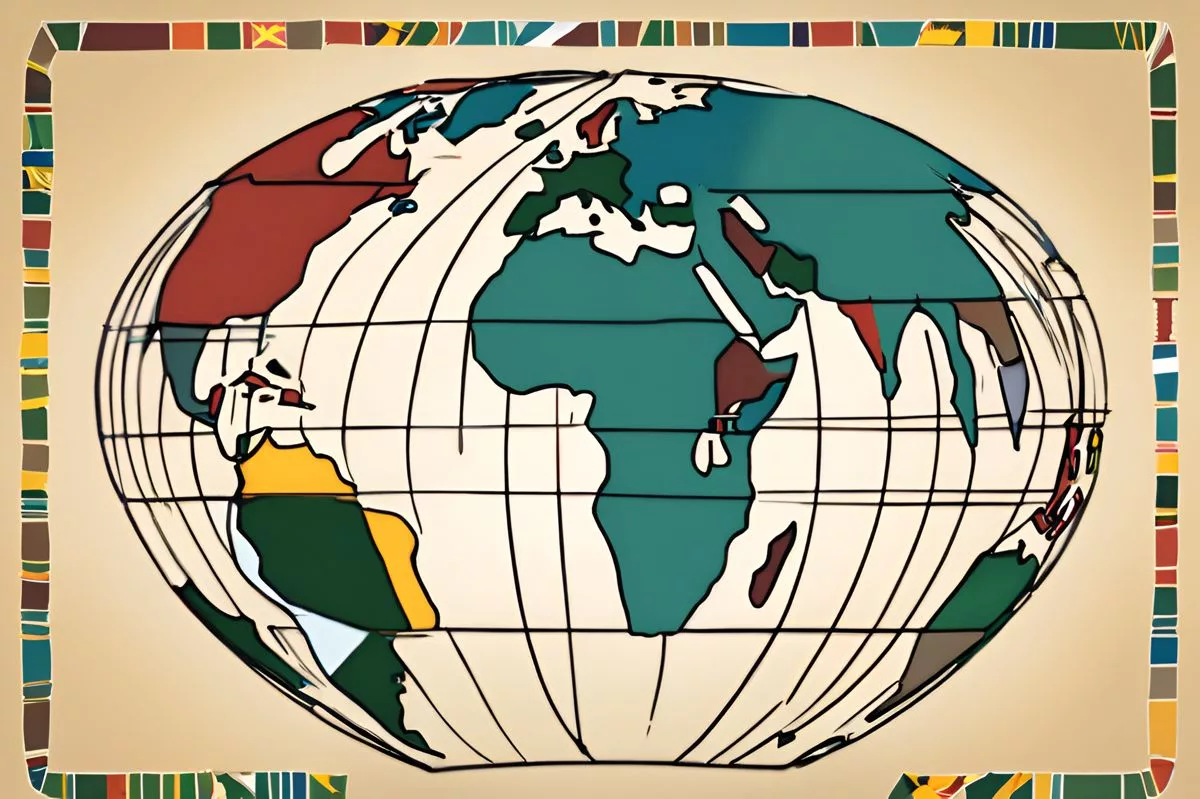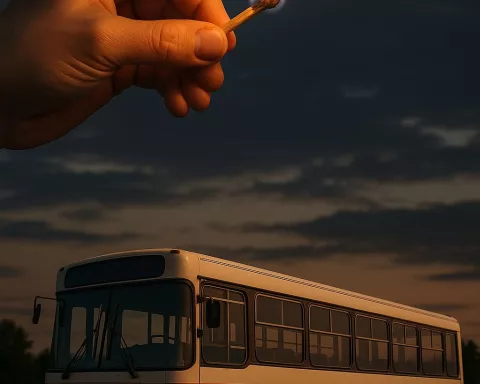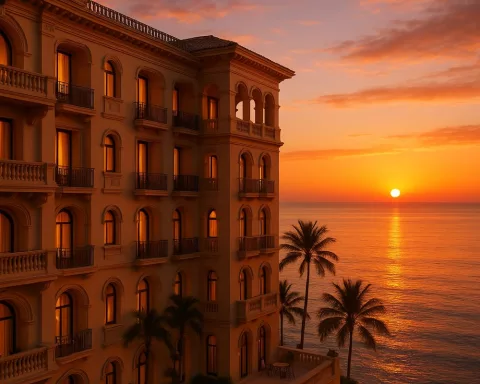The Majik Forest Renosterveld Garden is a breathtaking sanctuary in Durbanville, Cape Town, showcasing the diversity of local indigenous wildflowers and symbolizing a united pledge to conserve our natural inheritance. The garden is a result of a collaborative effort between public sectors, community groups, and artists. It serves as an interactive stage for the public to learn about the iconic plant species of the Greater Tygerberg Hills and promotes the use of native species in conservation efforts. The garden is a harmonious narrative of coexistence between nature, art, and community collaboration, paying tribute to South Africa’s rich biodiversity and natural beauty.
What is the Majik Forest Renosterveld Garden?
The Majik Forest Renosterveld Garden is a spectacular sanctuary located in Durbanville, Cape Town, that was unveiled to the public by the Recreation and Parks Department. The garden represents a cohesive collaboration between public sectors, community groups, and modern artists who are all striving to secure the survival of our inherent botanical richness. It serves as an interactive stage for the public to familiarize themselves with various iconic plant species that once flourished in the historic vegetation of the Greater Tygerberg Hills.
Unveiling a Mesmerizing Oasis
In the lush center of Durbanville, within the protected grounds of Majik Forest, Cape Town’s Recreation and Parks Department has recently unveiled a spectacular sanctuary, aptly named the Majik Forest Renosterveld Garden. This garden stands as a result of a cohesive collaboration between public sectors, community groups, and modern artists, all striving to secure the survival of our inherent botanical richness.
The grand inauguration of the Majik Forest Renosterveld Garden was no ordinary affair. It was graced by the presence of Mayor Geordin Hill-Lewis and Councillor Patricia van der Ross, both serving as Members for Community Services and Health. The event was marked by the symbolic planting of 20 indigenous trees, a perfect salutation to Arbor Month.
The Birth of the Renosterveld Garden
The Renosterveld Garden came into existence through the hard work and dedication of the Wildflower Stepping Stones Project Group (WSSP). This group, composed of local enthusiasts passionate about preserving local indigenous wildflowers, emerged as a direct solution to the growing problem of habitat segregation which threatens local biodiversity.
The Renosterveld Garden transcends being just a visual treat. It represents the spectacular diversity and native beauty of the Swartland Shale Renosterveld. This type of vegetation, which was once dominant in the region, has seen consistent decline due to unabated urban and agricultural expansion.
The garden symbolizes a united pledge to conserve the remnants of this invaluable natural inheritance. During the garden’s opening, Mayor Hill-Lewis expressed his gratitude to all the partners who helped realize this dream.
Notable Contributors and the Design of the Renosterveld Garden
Two significant personalities played a pivotal role in the design and creation of the garden. Leon Kluge, an internationally acclaimed landscaper, and Tristan Woudberg, a respected artist and recent gold medal winner for South Africa at the Chelsea Flower Show, worked together with WSSP and the Recreation and Parks Department. The result of their joint efforts is a garden that is as artistically appealing as it is biologically meaningful.
The Renosterveld Garden bears witness to the effectiveness of teamwork between public authorities and community groups, such as WSSP. Councillor Van der Ross highlighted their efforts as a model of how inventive thinking can breathe new life into public spaces. It showcases how such spaces can become havens where residents can engage with nature while learning to appreciate the abundant biodiversity around them.
The Garden: A Confluence of Nature, Art, and Community
Beyond its aesthetic appeal, the Renosterveld Garden serves as an interactive stage for the public to familiarize themselves with various iconic plant species that once flourished in the historic vegetation of the Greater Tygerberg Hills. The garden is a beacon of optimism, provoking enthusiasm among those devoted to restoring this critically threatened vegetation type to its former vibrancy.
The 20 trees planted during the garden’s initiation were Wild Peach and Wild Olive, indicating the garden’s commitment to promoting native species. These enduring trees will serve as a constant reminder of the day the Renosterveld Garden was brought to life, tasked with the mission of education, preservation, and restoration.
In conclusion, the Majik Forest Renosterveld Garden stands as a beacon of conservation, blending nature, art, and community collaboration in a harmonious narrative of coexistence. This sanctuary pays tribute to South Africa’s rich biodiversity and natural beauty, educating and inspiring future generations on the importance of preservation and restoration of our natural heritage.
1. What is the Majik Forest Renosterveld Garden?
The Majik Forest Renosterveld Garden is a breathtaking sanctuary in Durbanville, Cape Town, showcasing the diversity of local indigenous wildflowers and symbolizing a united pledge to conserve our natural inheritance. It is a result of a collaborative effort between public sectors, community groups, and artists and serves as an interactive stage for the public to learn about the iconic plant species of the Greater Tygerberg Hills and promotes the use of native species in conservation efforts.
2. How did the Renosterveld Garden come into existence?
The Renosterveld Garden came into existence through the hard work and dedication of the Wildflower Stepping Stones Project Group (WSSP). This group, composed of local enthusiasts passionate about preserving local indigenous wildflowers, emerged as a direct solution to the growing problem of habitat segregation which threatens local biodiversity.
3. Who were the significant contributors to the design of the Renosterveld Garden?
Two significant personalities played a pivotal role in the design and creation of the garden. Leon Kluge, an internationally acclaimed landscaper, and Tristan Woudberg, a respected artist and recent gold medal winner for South Africa at the Chelsea Flower Show, worked together with WSSP and the Recreation and Parks Department.
4. What does the Renosterveld Garden symbolize?
The garden symbolizes a united pledge to conserve the remnants of the invaluable natural inheritance and represents the diversity and native beauty of the Swartland Shale Renosterveld. It serves as a beacon of conservation, blending nature, art, and community collaboration in a harmonious narrative of coexistence.
5. What is the mission of the Renosterveld Garden?
The Renosterveld Garden is tasked with the mission of education, preservation, and restoration. It educates and inspires future generations on the importance of preservation and restoration of our natural heritage.
6. What trees were planted during the garden’s initiation?
During the garden’s initiation, 20 Wild Peach and Wild Olive trees were planted, indicating the garden’s commitment to promoting native species. These enduring trees will serve as a constant reminder of the day the Renosterveld Garden was brought to life.

